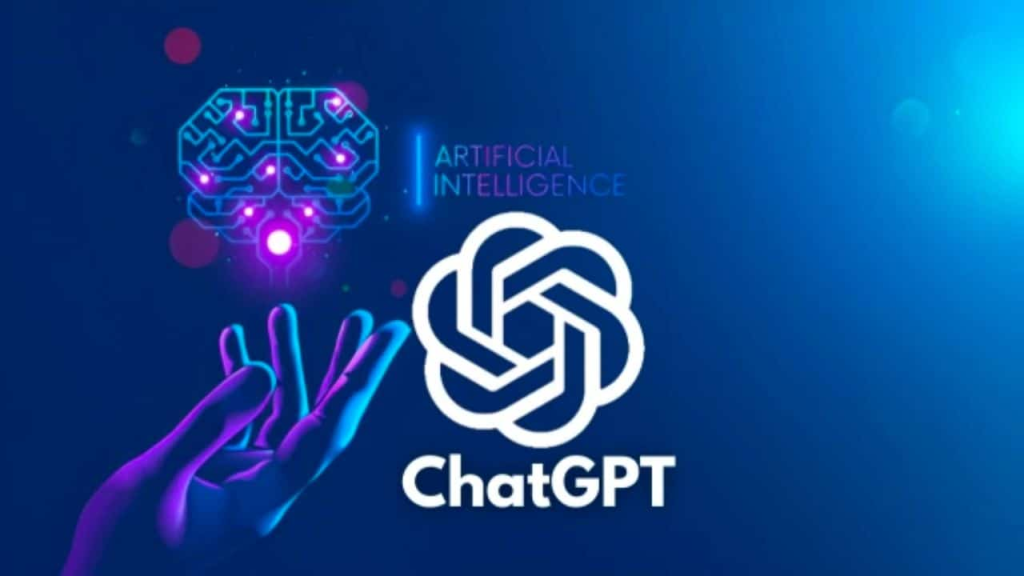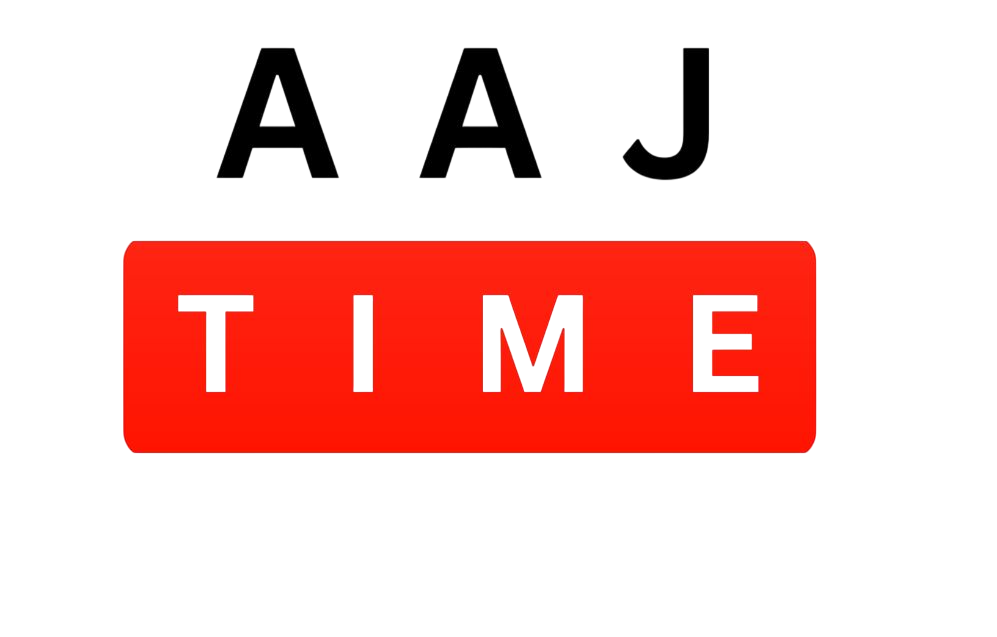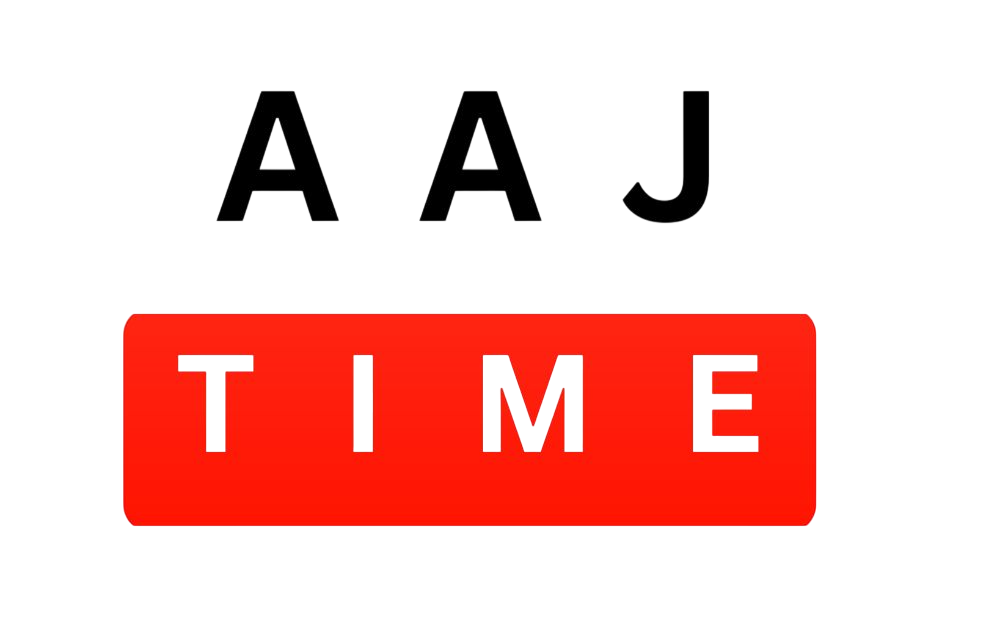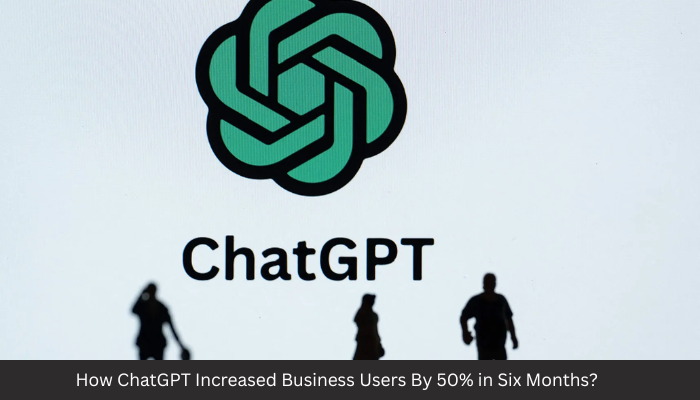Openai has reached a remarkable milestone this week, in which Chatgpt commercial products are now serving three million payment customers, representing a 50% increase from 2 million users mentioned earlier this year. This explosive growth comes as a result of the strategic product development of the California-based company, which has replaced the Chatgpt into an indispensable business platform from a powerful AI assistant. “Chhatgpt business and everything for our personal life is becoming app,” Simon Smith says, General AI’s EVP in click. “Step by step, this is happening.”
A Strategic Shift From Tool to Platform

A strategic change from tool to platform The key to the rapid trade expansion of the chatgpt lies in a fundamental strategic axis that has gone behind the curtain. Instead of a standalone AI accessory remaining, Openai has converted the chatgpt into a broader trading platform – a tool is using day -to -day before -day -day -to -day. By connecting directly to business applications like Github, Google Docs, Gmail, Microsoft SharePoint, Outlook, ONEDRIVE, HUBSPOT and Dropbox, Openai has increased its reach on a large scale. The purpose of this strategy is to eliminate friction that prevents the first chat from adopting broad business, making it as convenient as possible for professionals to reach openi technology.
A Focus on Data Silos
‘Silo’ is a watchman in the corporate world for many years. Silling occurs when the departments, teams or databases are disconnected and fail to share information independently. When it comes to encouraging AI adoption, the data fragmentation has been one of the most important obstacles for companies such as OpenAII to try and vault. The new connector ecosystem of Chatgpt is helping to solve this problem by creating an integrated interface for business knowledge. The introduction of Research Deep Research ‘abilities allows users to search in multiple data sources simultaneously. For example, a sales team is now able to analyze customer data from Hubspot, review from Gmail, to check the status of the project in Github and access meeting notes from Sharepoint – all through a single chatgpt interface.
This is a step that has not been reduced from a revolutionary for businesses. Norman Polysen, the head of engineering at the stealth startup, says, “Today openi announced that it created an obsolete trade AI tool for data centralization and recovery.” “This step erases a lot of the commercial value of B2B AI middleware.”
A Story of Partnerships and Integration

There is an emphasis on indigenous integration rather than third -party connectors to separate the chat approach. By creating direct relations with major software providers, Openai has ensured that the data is allowed to flow smoothly while maintaining existing security permissions and user access controls. Partnership with Hubspot is an ideal example. Yamini Rangan, CEO of Hubspot, says, “Most of the problems in [Go-to-Market Strategies] can be solved with one thing: better understanding of your customers.” “Here’s good news: This is something that AI is unprecedentedly good – if it is the right data.” Yamini believes that business will be able to achieve unprecedented results, combining the data processing capabilities of Chatgpt with Hubspot’s customer travel mapping.
“Now you can make advanced analysis of reference-rich customer data-and immediately take action on those insights,” she explains. “Results? Better experience for your customers. Better results for your business.”
Addressing Needs in The Workplace
Another factors that have been important for the commercial growth of chatgpt have the ability to meet the needs of the immediate workplace. The introduction of ‘Record Mode’ directly targets one of the most time -consuming aspects of business operations: meeting documents and follow -up. This can facilitate meetings in capture, transcarib and briefly, then automatically can generate structured action items, planning and even codes based on discussion. The rapid integration of these trade-focused characteristics has created what many industry supervisors have seen as an important competitive advantage.
The AI and Innovation Lead Emily Lewis in the UCM says, “If your product is built on the sewing of EHR, CRM, shared drive, or internal knowledge on the sewing, it matters a lot,” says AI and Innovation Leed Emily Luis in UCM. Companies who had earlier offered enterprise search, transcripts, or data centralization services now find themselves competing with the facilities included in the membership of the team of US $ 20-Mahine. This pricing strategy makes it difficult to compete at the price for special solutions.
The ‘everything app’ strategy
Perhaps most importantly, the commercial growth of Chatgpt reflects a comprehensive strategy for becoming a primary interface for commercial productivity. Instead of excellent performance in the same task, the platform aims to have a go-two solution for diverse business requirements: document construction, data analysis, meeting management, customer research and strategic plan. Openai’s success in increasing its professional user base in six months shows the power of platform thinking in AI development.
Also Read : RBI Slashes Interest Rates Sharply: How It Will Impact Your EMIs
Frequently Asked Questions
1. Why has ChatGPT seen a 50% increase in business users?
Because of strategic product development, deep software integrations, affordable team plans, and powerful enterprise features like Record Mode and Deep Research. These enhancements make it more than just a chatbot—it’s now a central business tool.
2. What are some of the tools ChatGPT integrates with for business use?
ChatGPT integrates directly with platforms like:
Microsoft Outlook, SharePoint, OneDrive
Google Docs, Gmail
GitHub, Dropbox
HubSpot
These integrations allow seamless data access and workflow automation.
3. What is Record Mode in ChatGPT?
Record Mode is a feature designed to automatically:
Capture and transcribe meetings
Summarize discussions
Generate action plans or code based on conversations
It helps businesses document and act on meetings more efficiently.
4. How does ChatGPT solve the problem of data silos?
With its connector ecosystem and Deep Research capability, ChatGPT enables real-time access to data across tools like HubSpot, Gmail, and GitHub, helping teams centralize knowledge in one AI-powered interface.
5. How much does ChatGPT cost for business use?
The ChatGPT Team plan starts at around $20 per user/month, offering access to GPT-4-turbo, custom tools, shared workspaces, and enterprise-level security.









